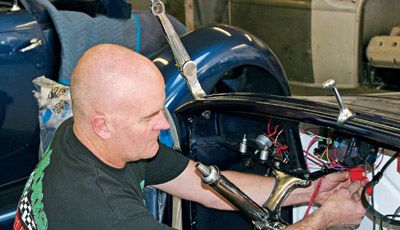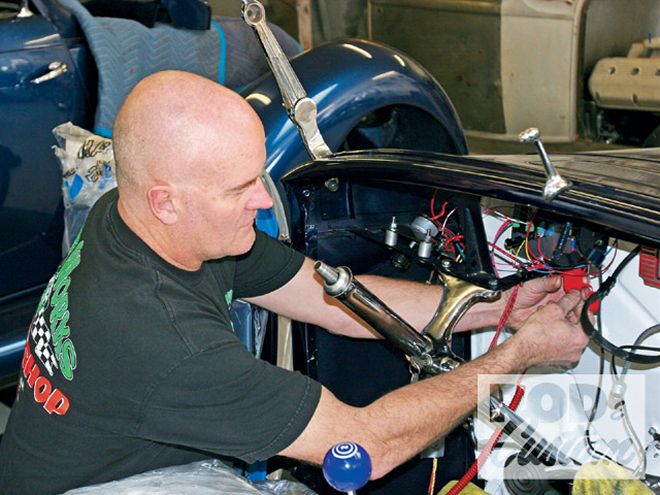

If you've ever wired a project car from scratch, you'll know what it's like to feel a little panic set in when you have wires absolutely everywhere and a couple of bundles of wire about 3/4 inch in diameter that you have to run to the front and rear of the vehicle. Not only do you have to find a route to run all these wires, but you want to run them neatly and usually have to run them one at a time. It's a tedious, time-consuming task and very labor-intensive. Now imagine if you only had to run one or two wires to the front of the vehicle, the same to the rear, and then hook up the wiring to the engine. Yeah, wouldn't that be nice?
Well now you can, thanks to the same technology used in OEM vehicles. Limeworks' new Pulse Jet system employs three modules-one at the rear for the lights, turn signals, fuel pump, and whatever else you have back there, one at the front for the lights, turn signals, horn, fan relay, and whatever, and the main module in the interior-with a dedicated wire assigned the task of communicating digital messages to the modules. This means you only have to run a single wire to each end of the vehicle from the main module, plus a power feed wire to each module from the battery.
Modern OEM vehicles that use this kind of technology use one of two systems: CAN (Controller Area Network) or LIN (Local Interconnect Network). LIN is used for low-speed devices, while there are two speeds for CAN, CAN-A being medium speed and CAN-B being high speed. This allows three speeds between the two systems, the speed determining how much information can be sent in a given period of time. For instance, a video player would require a high-speed system. Limeworks' Pulse Jet is a LIN-based system, as the majority of hot rods don't use high-speed devices, mainly requiring only lights and motors to be turned on or off. The advantage of a LIN system is that the parts are relatively inexpensive, as the OEM manufacturers buy so many of them. It's recommended that you don't try to interface with old trans and engine modules with this system though, as they are higher data rate devices.
The big advantage of using the Pulse Jet over a regular wiring harness is that you'll be able to accomplish wiring a car in less than a day, rather than the week it can often take, and having wired cars from scratch in the past, we can only see that as a good thing! Wanting to see the Pulse Jet in action, so to speak, we followed along as Limeworks proprietor Steve Dennish installed the first preproduction system in his own '32 roadster, just days before the Grand National Roadster Show.